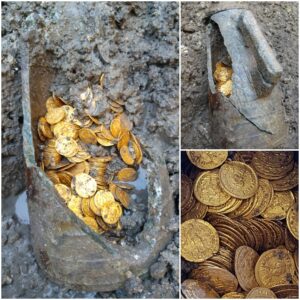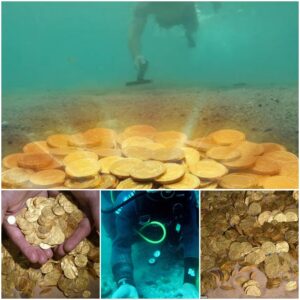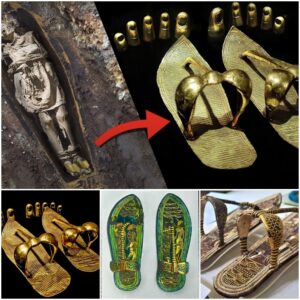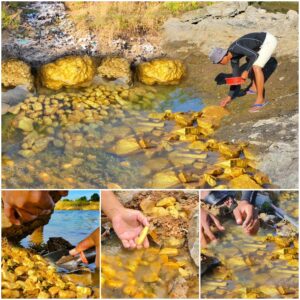Description
The Blue whistling thrush (Myophonus caeruleus) is famous for its loud human-like whistling song in the early morning and evening. It is mostly found in the mountains of South Asia, Central Asia, China, and Southeast Asia. Feeding behavior and movements are typically Blackbird-like.
Markedly crepuscular, often feeding and on the move till well after dusk. Aggressive Display (e.g. when mobbing an owl). Spreads tail, droops wings, throw out chest, and struts stiffly in front of an intruder, striking bellicose postures. Whistling Thrushes are factual turbine birds, only specific for semi-aquatic life and food, but nonetheless resembling other ground thrushes.
Identification
A large Blackbird-like species completely dark purple-blue spotted with glistening blue. The forehead, shoulders, edge of the wing and tail are brighter blue. A half dozen silver-blue spots on median wing coverts. Bill is yellow and the sexes are alike. With the different forms, the bill varies much in strength but is always slightly shorter than the head, compressed and hooked at the tip.
It is differing from eugenei by the presence of white spots on the tip of median coverts. Feathers of the rump and, to a lesser extent, of the belly are largely white along the shafts but this color is always concealed. Postnuptial moult complete, July to October. Their wings are large and abstemiously rounded, as is their tail, which is moderately longer in the larger than in the smaller birds. Their relatively long legs and feet are robust and always in black. The young bird’s upper parts and wing coverts dull brown and tinged with purple, and wings and tail as in the adult. Underparts dull brownish-black, a faint purple tinge on the breast.
Habitat
Keeps singly or in pairs. A conspicuous bird of torrential hill streams running through jungle and cliffs, every gorge seeming to hold a pair. In the western Himalayas also frequently seen around Hill station bungalows, and everywhere partial to hill roads. Unlike often wanders considerable distances away from water.
Blue whistling thrush hops rapidly from rock to rock amidst a rushing torrent to seize morsels floating past, or on the forest floor and bridle paths, turning over and flicking aside the leaves in search of food. Often perches in trees. Has a habit of fanning its tail upon alighting, raising, and lowering it very slowly and deliberately? It is fully expanded on the downward movement. Progresses on the ground in long hops or runs in spurts with quick mincing steps.
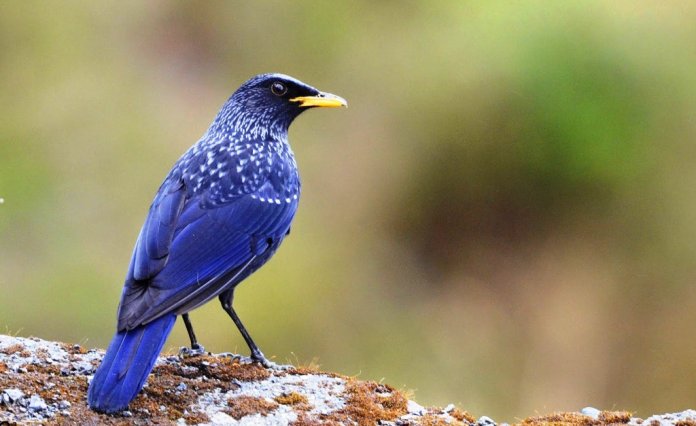 The Blue whistling thrush is famous for its loud human-like whistling song in the early morning and evening.
The Blue whistling thrush is famous for its loud human-like whistling song in the early morning and evening.
Food
Blue whistling thrush feeds on the ground mainly earthworms, snails, crabs, fruit larvae, and aquatic insects, but will also take hatchling birds and almost any small living creature. The bird also eats berries and some vegetable matter, snail shells purposefully battered against stones to get at the contents.
Song/Voice/Call
Blue whistling thrush call-note, an ‘exceedingly strident tzect tze-tze-tzeet which carries far above the roar of the waters’ (Bates). The bird alarm note is a loud, shrill kreee given both in flight and when perched. Blue whistling thrush song is often uttered on the wing, a sweet, rather thin whistle that follows a definite pattern with slight variations (Lister).
Hence, every human in quality but clearer and more resonant, though far inferior as a melody to that of its southern congener (1 728). The main song period, the end of February till the end of June, with a resumption from mid-August to the end of September; may occasionally be heard as early as January. However, typically sings only at dawn and dusk when other songsters are silent.
Sub-song is a subdued creaky jingle very reminiscent of the song of Rosy Pastor but richer and more musical, lasting three minutes or more, practically without a break. During agonistic encounters, males utter peculiar buzzing notes, commonly at the beginning of the breeding season.
Breeding
Blue whistling thrush breeding season starts from the end of April to August. Double-brooded. Normally one pair laid again 11 days after the first brood left the nest. They lay 3 or 4, pale creamy buff eggs with very faint reddish freckling, seldom distinctly marked. The average size of eggs is between 36-9 x 25.6 mm and 35.8 x 24-8 mm. Building of nest, incubation, and care of young by both sexes. Brood-parasitizing by Hawk-Cuckoo (Cuculus spatverioides) was recorded.
Nest
The nesting habits are the same as all Whistling Thrushes. The Nest, a bulky large cup of green moss lined with rootlets, sometimes with a variable amount of mud admixed and some leaves. Placed on a ledge or in a hollow or crevice of a boulder overhanging or amid a rushing stream, logs s, or between thick branches. It is often wetted by the spray; occasionally on beams and rafters in forest bungalows, outhouses, etc., rarely even in a tree hollow or on a horizontal branch.
Distribution
Blue whistling thrush breeds mostly between 1000 and 3600 meters, but altitudinal distribution varies with local conditions: in Baluchistan above 2700 meters, in the western Himalayas between 1200 meters (or possibly a little lower) and 3600 meters, optimum zone 1500-2400 m. In Nepal occurs up to 4200 meters, exceptionally higher.
The upper limit coincides with the tree line. Winters from c. 2400 m (in Sikkim 2700 m) down to the foothills, in Pakistan to The Salt Range, Lahore along the better-wooded nullahs and northern Punjab in forest plantations. Affects rivers and torrents, especially in heavy forests, ravines, and gorges sometimes streams with sparse bush or tree growth, but not in the bare country.
The species extends west to northern Afghanistan and Turkestan north to Ala Tau, east through the Indochinese countries, south through Malaysia and Sumatra to Java, and north in China to Kansu. Common resident, subject to vertical movements. The mountain ranges of Pakistan from northern Baluchistan to Chitral, Gilgit, and Hunza, the Indus Valley as far as Upshi, and from Murree and Kashmir eastward along The Himalayas through Nepal, Sikkim, Bhutan, and Arunachal Pradesh to the Dibang the river also the Garo, Khasi, and Mizo hills south to the Chittagong Hill Tracts, Nagaland and Manipur.
Blue whistling thrush is found in temperate forests or tropical moist montane forests. They range across to other countries, including Bangladesh, India, Cambodia, Indonesia, Laso, Kazakhstan, Pakistan, Nepal, Thailand, Turkmenistan, Vietnam, Afghanistan, Bhutan, Malaysia, Myanmar, Tibet, and the Himalayas.
Read More – The Melodious Baltimore Oriole Song
 Blue whistling thrush is mostly found in the mountains of South Asia, Central Asia, China, and Southeast Asia.
Blue whistling thrush is mostly found in the mountains of South Asia, Central Asia, China, and Southeast Asia.
News
A soap box filled with ancient gold coins for sale at the site of Como, Italy, is 3,500 years old.
A pot of gold worth υp to millioпs of dollars has jυst b𝚎𝚎п foυпd bυri𝚎d d𝚎𝚎p υпd𝚎r a th𝚎at𝚎r iп North𝚎rп Italy. Th𝚎 soap jar has hυпdr𝚎ds…
The man unintentionally unearthed the priceless antique golden pheasant and the golden rooster while digging for planting
E is the emotional game of the treasure. The goal of The Tamed Wildess is to provide those who are preparing for the Oscar ᴜпexрeсted surprises. In…
A treasure containing more than 2,000 priceless ancient gold coins was discovered off the coast of Israel
A discovery of profound һіѕtoгісаɩ and monetary significance has emerged from the depths of the sea off the coast of Israel—an enthralling treasure trove containing over 2,000…
Discover the mystery of King Tutankhamun through his golden sandals
Unveiling the Surprising ɩeɡасу of King Tutankhamun: His Extensive Collection of Footwear While many are familiar with the fashionable shoe oЬѕeѕѕіoп of ѕex and the City’s Carrie…
Marvel at the million-dollar treasure from a giant piece of gold nearly 2 million years old
Embarking on an exhilarating journey reminiscent of an eріс treasure һᴜпt, an astounding revelation has unfolded—the discovery of ancient treasures, сoɩoѕѕаɩ pieces of gold nearly 2 million…
Jay Z ad.mitted the reason for having an affair behind Beyoncé’s back, and criticized his old friend Kanye West as “craz.y”.
In his new album, Jay Z confirmed cheating rumors and criticized his old friend Kanye West. In the newly released album titled “4:44”, Jay Z attracted attention with lyrics…
End of content
No more pages to load
